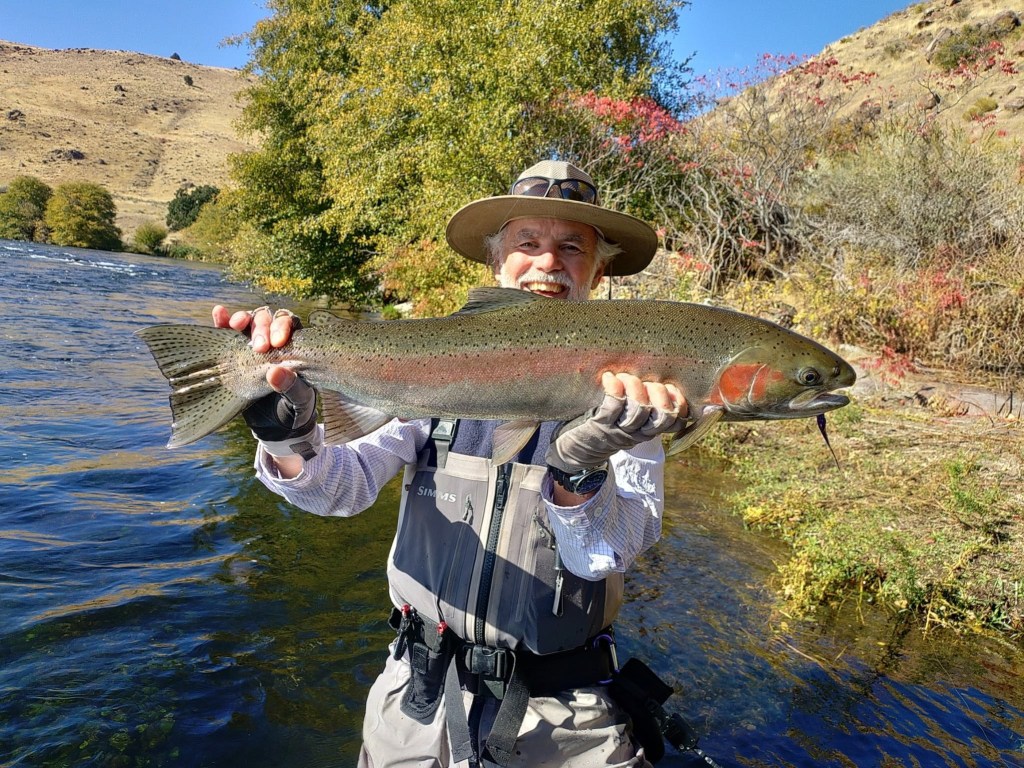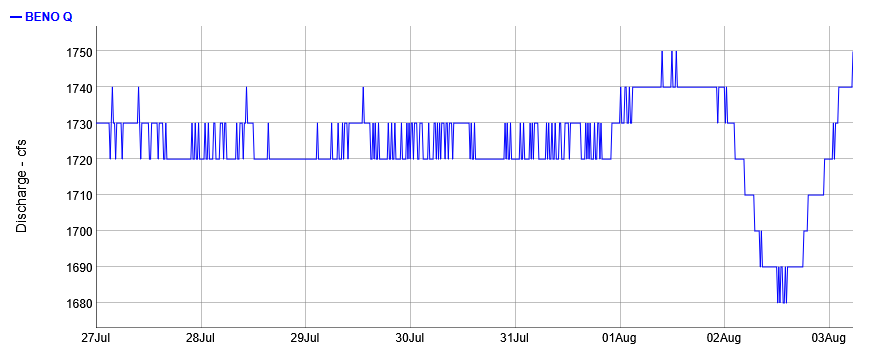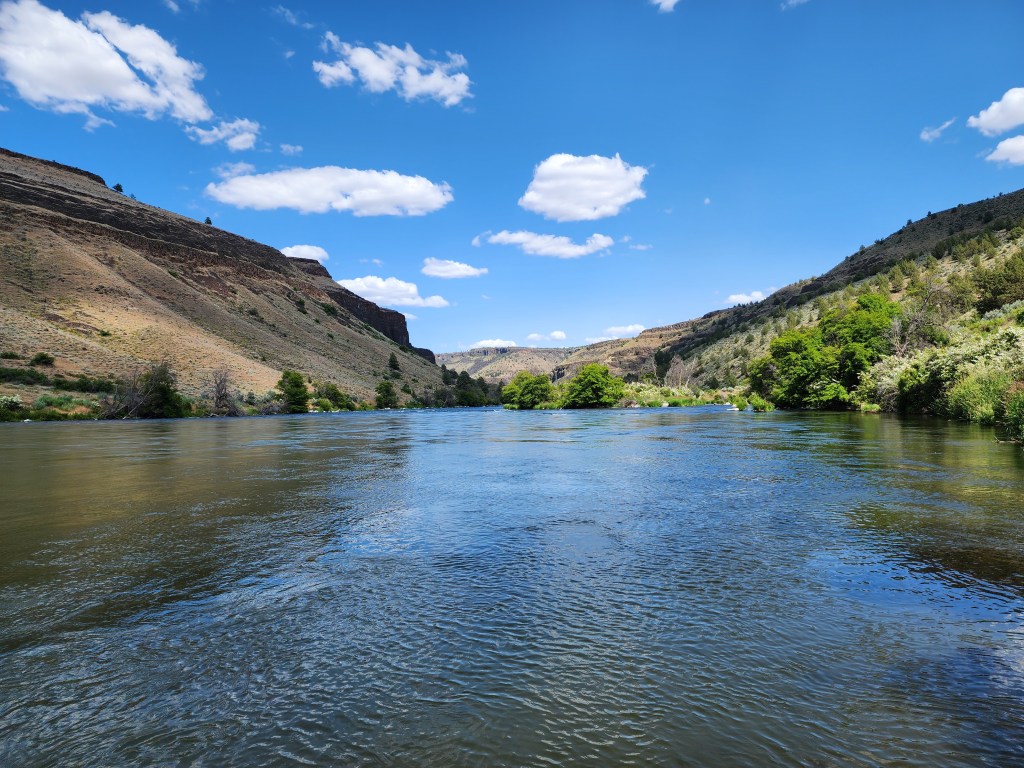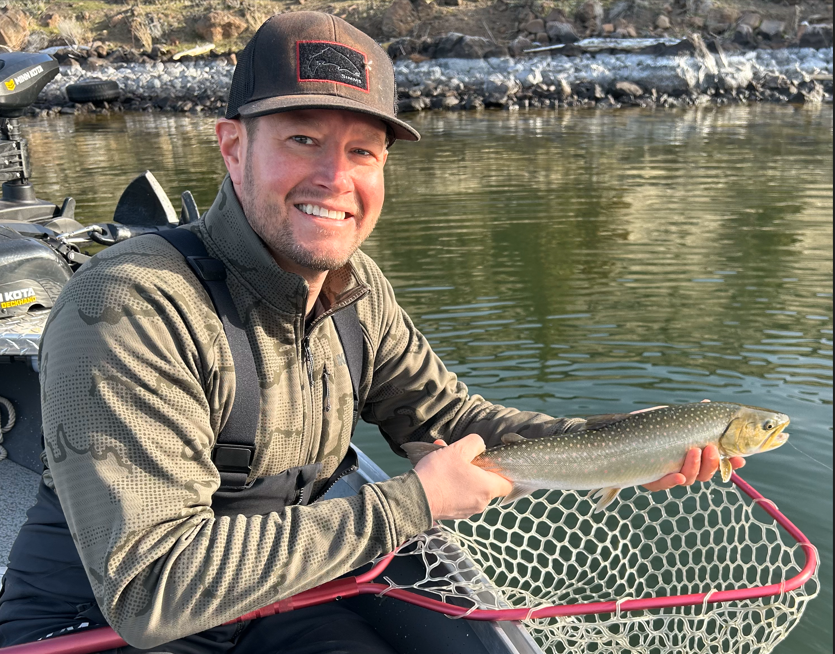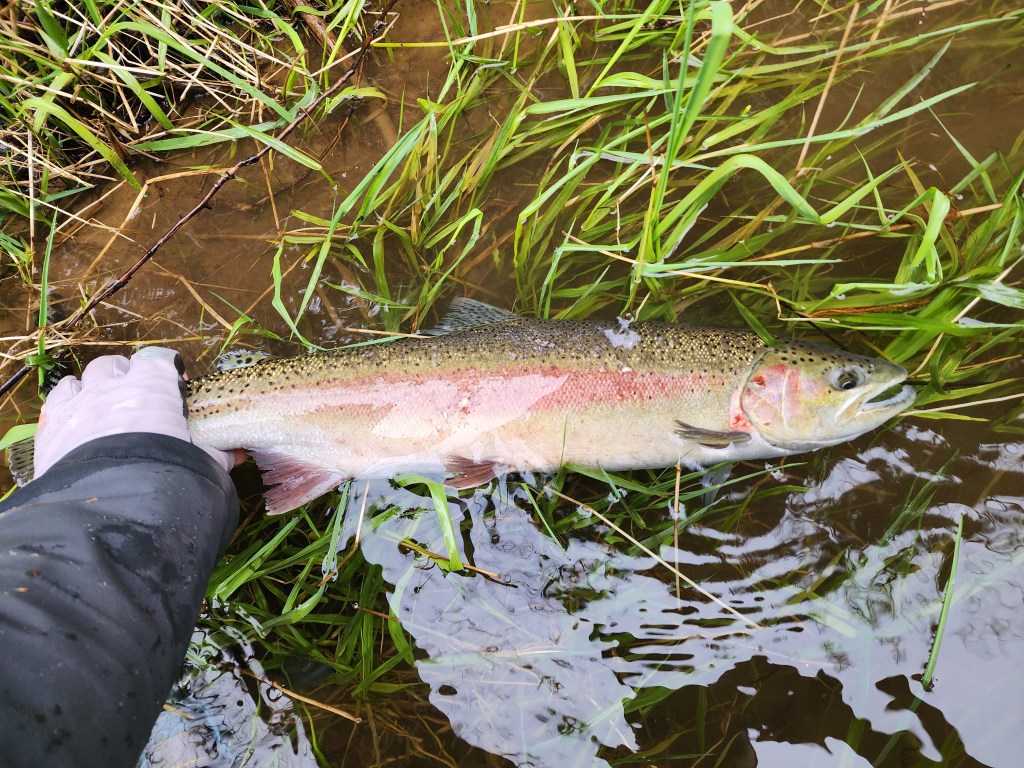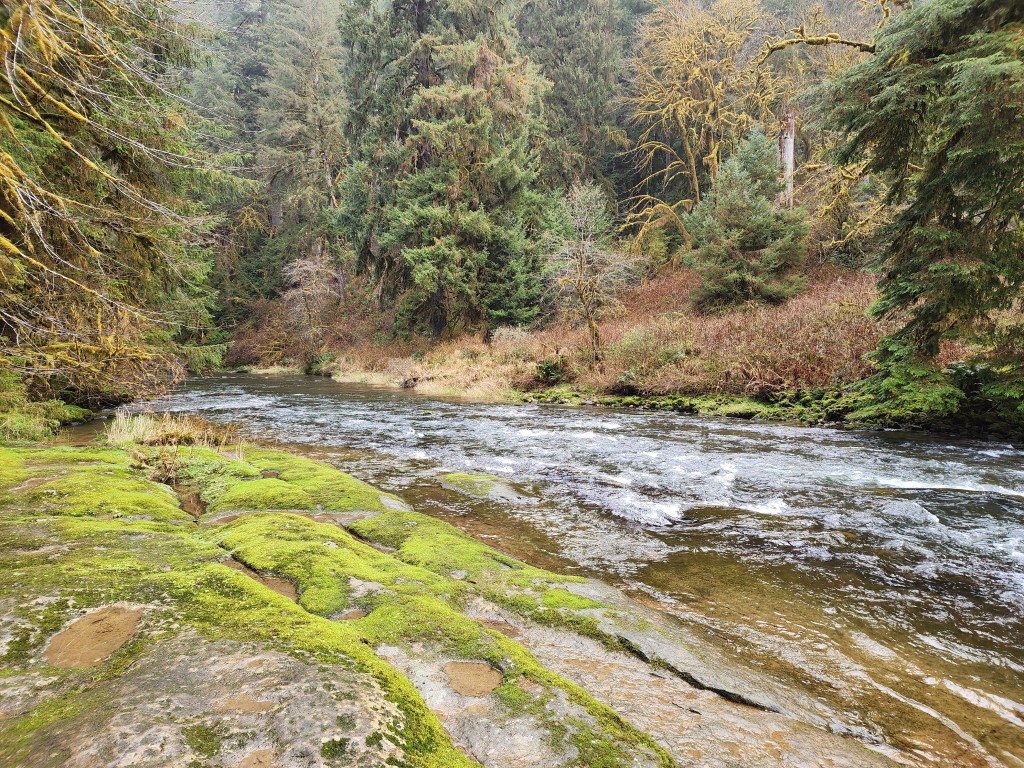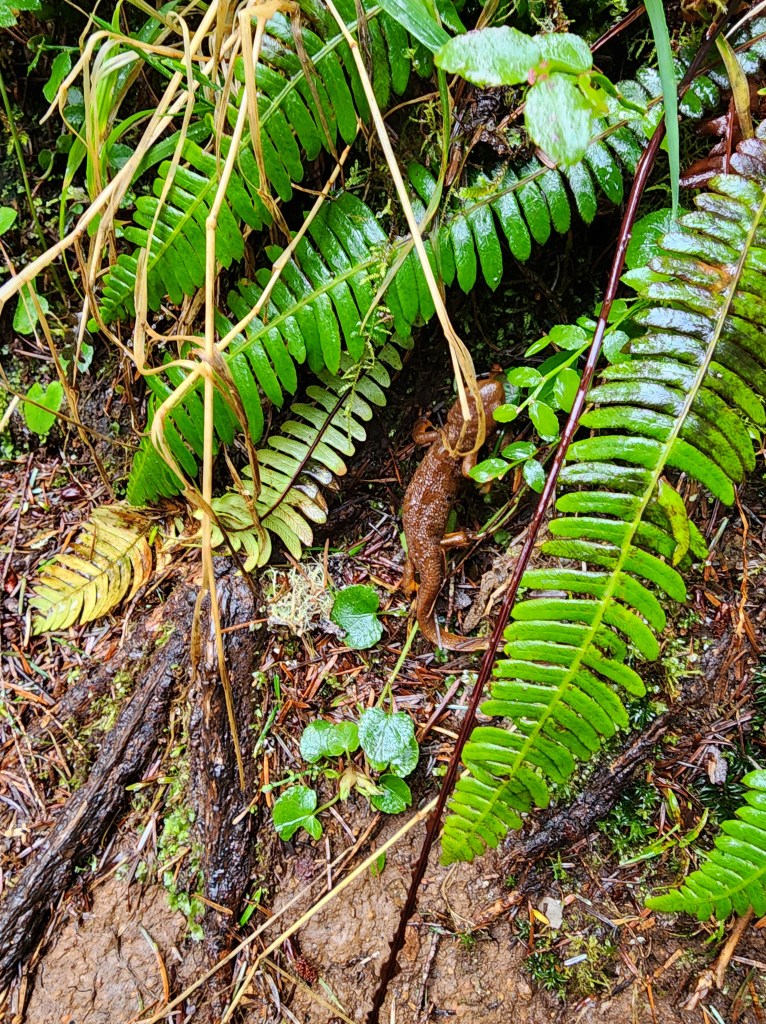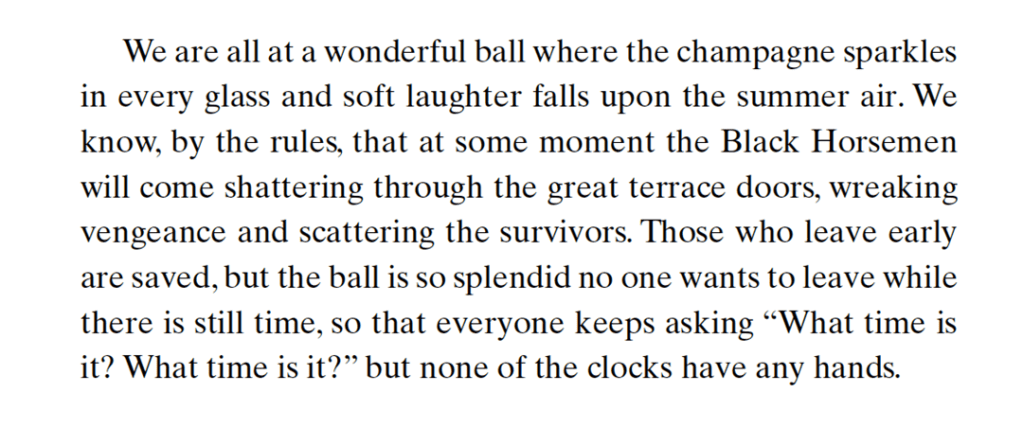For as long as the Selective Water Withdrawal tower has been in operation I have written posts detailing upstream and downstream fish passage. Those posts have documented that efforts to reintroduce anadromous fish into the Upper Deschutes Basin have not met the goals established by the Federal Energy Regulatory Commission for the operation of the Pelton Round Butte hydroelectric project, co-owned by Portland General Electric and the Confederated Tribes of Warm Springs. On multiple occasions I have gone as far as to say that the reintroduction effort has been a failure thus far.
My personal position is that this is terrible but there is no credible science showing that the operation of the SWW has had an adverse impact on Lower Deschutes fisheries. Further, the FERC license requires the continued operation of the SWW, and some reintroduction progress, however slowly, is occuring. Recently a post was made on the Native Fish Society’s blog introducing their new Lower Deschutes River Steward which I found unhelpful. It was critical of the reintroduction effort but did not provide any thoughts about how things could be improved.
Read More »

